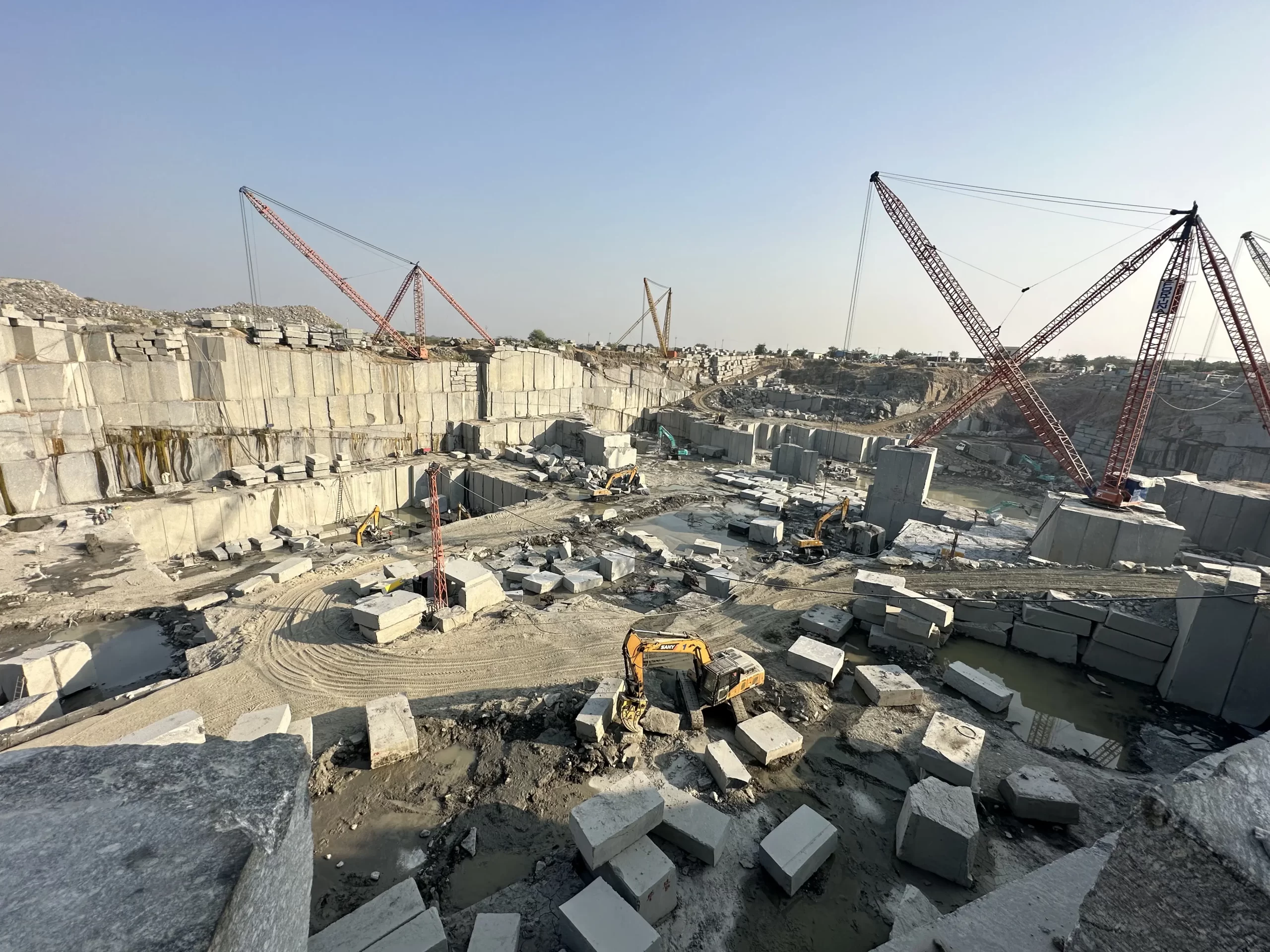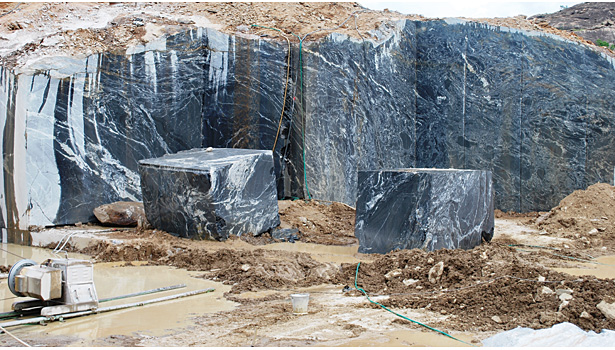The Concealed Treasures: Checking Out Granite Quarries in South Africa
The Concealed Treasures: Checking Out Granite Quarries in South Africa
Blog Article
Unveiling the Mysteries of Granite Quarrying: Where Stamina and Style Meet
The world of granite quarrying is a world where the raw toughness of nature converges with human creativity to develop structures that stand the test of time with an air of sophistication. From the depths of quarries to the precise sprucing up in workshops, the process of transforming granite into building wonders is a complex dance of custom and technology. As we peer into the depths of this ancient craft, we start to reveal the hidden ins and outs that form the really essence of our built atmosphere.
The Beginnings of Granite Quarrying
In the record of building background, the beginnings of granite quarrying are shrouded in a tapestry of old craftsmanship and geological wonders. Going back to old Egypt and Mesopotamia, the removal of granite from quarries noted the start of a trip that would at some point lead to the creation of some of the world's most renowned structures.
Granite quarrying's roots can be traced to the knowledgeable craftsmens that identified the rock's durability and aesthetic appeal. Via a mix of primitive devices and large determination, these very early quarry employees uncovered granite blocks that would certainly come to be the foundation of human beings.
As human beings advanced, so did the strategies of quarrying granite. The Romans, renowned for their design expertise, established sophisticated techniques for extracting granite to construct monuments, holy places, and roadways that stood the examination of time.
The tradition of these ancient quarrying practices continues to form contemporary style, with granite continuing to be a sign of stamina and beauty in building projects around the world. (granite quarries in south africa)
Devices of the Quarrying Trade
The evolution of granite quarrying strategies from ancient worlds to modern times highlights the vital role played by the devices of the quarrying sell shaping the sector's methods. In ancient times, quarrying devices were simple, typically consisting of knives, hammers, and wedges made from products like bronze or iron. These tools called for considerable manpower and time to essence granite blocks from quarries.

Furthermore, the intro of pneumatically-driven devices and high-powered equipment has actually significantly reduced the physical labor required in quarrying operations, enhancing worker safety and productivity. As the quarrying market remains to innovate, the tools of the his explanation trade stay at the center of driving progression and forming the future of granite removal.
Drawing Out Blocks of Granite
Using precision equipment and progressed methods, the removal of granite obstructs from quarries has become a sophisticated process in the modern-day quarrying sector. The first action includes identifying the location and dimension of the granite down payment to establish the most reliable removal technique. When a suitable website is picked, the extraction process starts with the exploration of holes for the placement of nitroglycerins. Regulated blasting techniques are after that used to disintegrate the granite into convenient sections.

Polishing and Finishing Strategies
To attain a perfect surface on granite blocks, experienced craftsmens utilize a series of careful sprucing up and completing techniques. After the initial removal and shaping procedures, the granite obstructs undertake a detailed polishing phase to boost their all-natural beauty and resilience. One usual technique utilized in polishing granite is diamond abrasion, where commercial diamonds are made use of to grind and polish the stone to a smooth surface. This process not just creates a glossy surface yet also guarantees harmony in color and appearance throughout the granite block.
Along with polishing, finishing methods are related to additional fine-tune the granite's look. These techniques may consist of flaming, honing, or brushing, each offering special textures and finishes to fit various visual preferences. Flaming, for circumstances, involves subjecting the granite surface area to high temperature levels to create a rough, textured surface, perfect for exterior applications where slip-resistance is important. Refining, on the various other read here hand, gives a matte finish that is smooth to the touch, ideal for interior kitchen counters and floor covering. By thoroughly choosing and applying these polishing and completing methods, craftsmens can change raw granite obstructs right into elegant items that display both toughness and elegance.

Ecological Impact and Sustainability
With the expanding emphasis on ecological consciousness in the sector, granite quarrying practices are significantly inspected for their influence on all-natural resources and lasting sustainability. Quarrying for granite can have considerable ecological implications. The removal process typically entails using hefty machinery, dynamites, and huge amounts of water, causing habitat damage, dirt erosion, and water pollution. Furthermore, the transport of granite from quarries to processing centers creates carbon emissions, additionally contributing to environmental destruction. granite quarries in south africa.
To reduce these effects and make sure sustainability in granite quarrying, sector stakeholders are adopting various steps. Carrying out innovative modern technologies to reduce energy consumption and water usage, reclaiming quarried land for environmental repair, and advertising liable sourcing techniques are some approaches being used. In addition, certifications such as the Woodland Stewardship Council (FSC) and the Management in Power and Environmental Layout (LEED) help consumers recognize ecologically pleasant granite items.
Conclusion
Finally, granite quarrying is a procedure that needs specialized tools and strategies to essence blocks of granite and polish them to a high degree of surface. While the environmental influence of quarrying can be considerable, efforts are being made to enhance sustainability practices in the sector. Generally, granite quarrying is a delicate equilibrium between utilizing the strength and style of this natural rock while lessening its effect on the setting.
Report this page